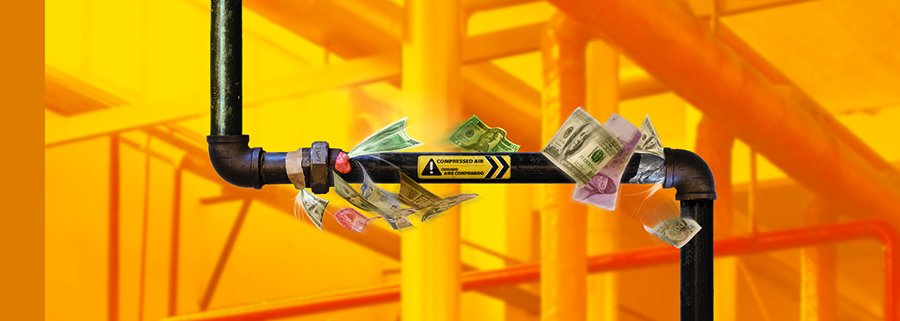
One morning last summer, I turned on the water in the shower and waited for it to warm up. And waited…and waited. It was clear something was wrong, so I checked the water heater to find it emptying its contents into the floor drain, through the bottom of the tank, which I found later had rusted away. Between my better-than-average plumbing skills, having a son home from college, and finding out I could keep about $800 in my pocket if I bought a new one and replaced it myself, I woke the boy up (which turned out to be one of the more difficult tasks in the process), drove to my friendly neighborhood home improvement center, and bought myself a new water heater, and we had hot water by the time my wife got home from work that afternoon. Considering the way it started, it turned out to be a pretty good day. Not only was it more efficient (and therefore cheaper to run) than the one I replaced, the water heater I bought also qualified for a rebate, which increased my savings on the project to almost $900. That was some FANTASTIC icing on an already pretty decent cake.
Rewards like this for being energy conscious have been routinely offered by utility companies for years now. One time, I got a box of LED light bulbs, enough weather stripping for TWO houses the size of mine, and water-conserving shower heads, for free, from my electric company as part of a home energy audit. That was a pretty good day too.
Many utility companies across the country have similar programs for residential customers, and commercial ones too. Duke Energy (my free light bulb folks), for example, has a program they call Smart$aver that offers rebates and other incentives to companies for making energy-efficient improvements. Equipment that qualifies for these incentives includes process pumping systems, insulation for injection molding machinery & pellet dryer ducts, low friction v-belts for rotating machinery, and compressed air equipment.
That last one is what I wanted to write about today. It includes improvements to the supply side:
- Receiver tanks
- Cycling air dryers
- Zero-loss condensate drains
- Compressed air system audits
And the demand side:
EXAIR can help you out with the ones on the demand side. Consider:
Ultrasonic Leak Detector: this handheld device allows you to quickly & easily find leaks in your compressed air system.


Super Air Nozzles: not only will these products get you a rebate, they’ll cost less to operate and will ensure OSHA compliance with regard to your use of compressed air. And they’ll do it quieter, to boot.
Replacing open-ended blow offs with Super Air Nozzles is oftentimes quick and easy. Compression fittings can be used to install them directly onto the ends of existing copper tubing. Stay Set Hoses can replace modular hose, which is great for machine tool coolant delivery but often misapplied for air blowing.
The Duke Energy Smart$aver program is for their customers in North Carolina, South Carolina, Indiana, Ohio, and Kentucky. If that’s not you, though, North Carolina State University’s NC Clean Energy Technology Center has a comprehensive Database of State Incentives for Renewables & Efficiency – DSIRE – that’ll help you find what’s available in your area.

Compressed air isn’t free. Heck, it isn’t even cheap. If you want to find out how much you can save by optimizing your compressed air system in Six Steps, give me a call. And if you want to sweeten the deal with rebates and incentives, contact your local utility company.
Russ Bowman, CCASS

Application Engineer
Visit us on the Web
Follow me on Twitter
Like us on Facebook








